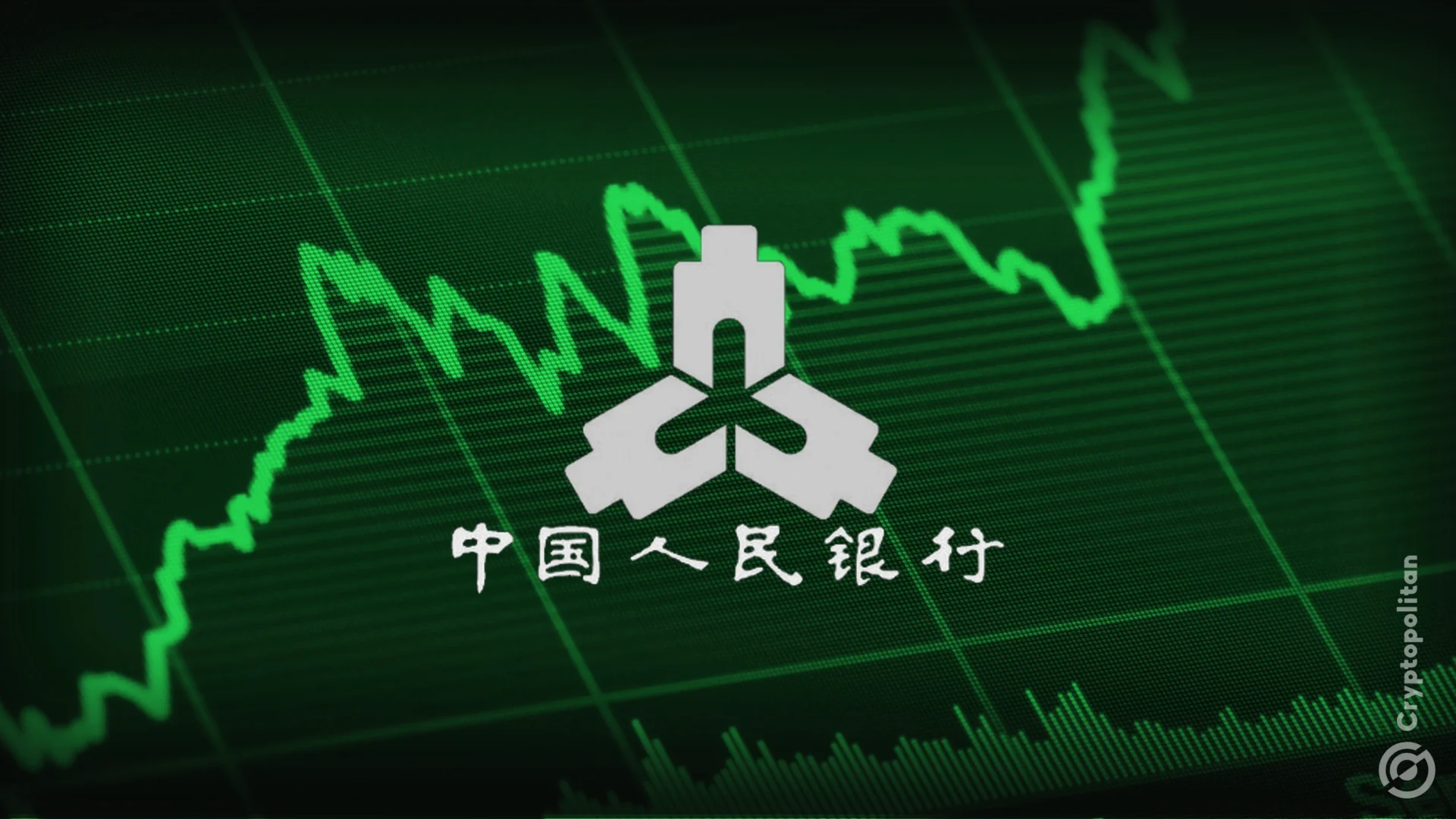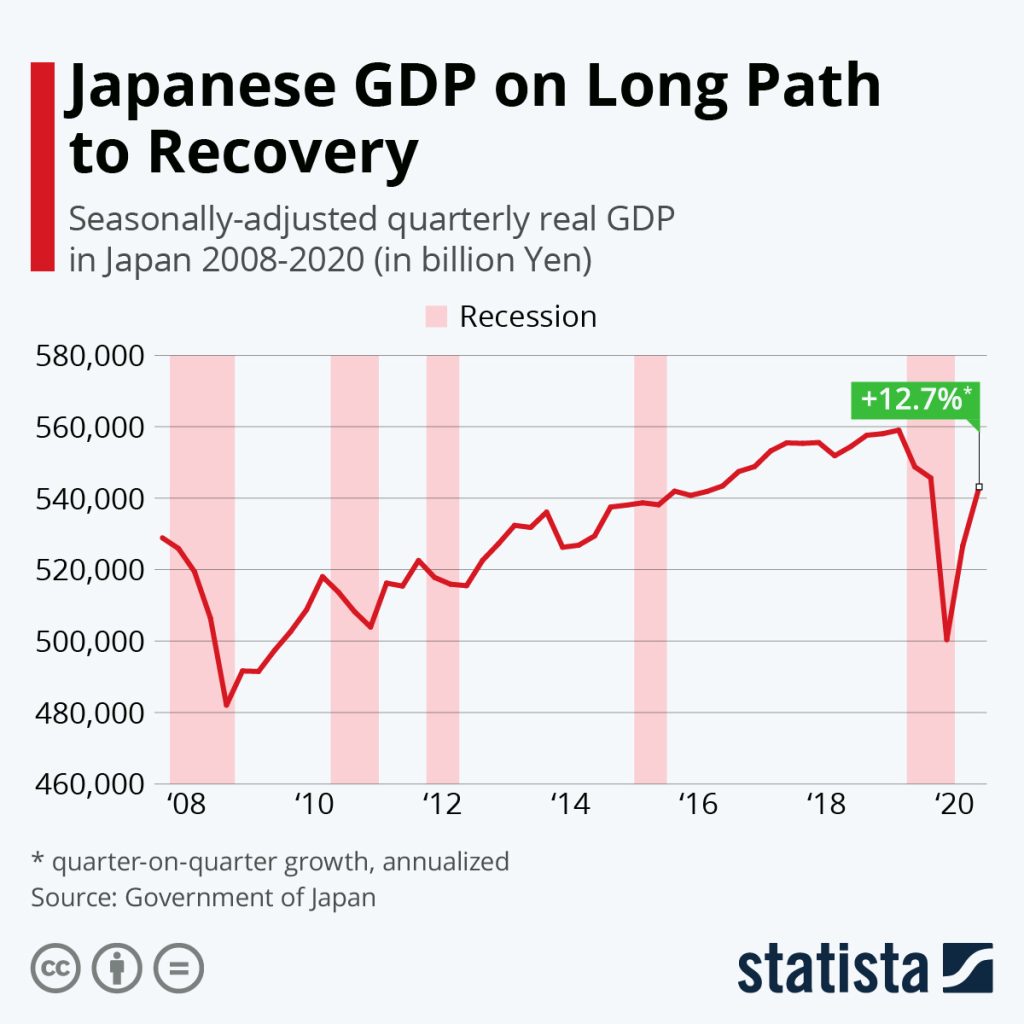China’s central bank, the PBOC, has announced a series of stimulus measures that have sent Asian stocks skyrocketing and are expected to boost European markets.
The PBOC plans to inject at least 800 billion yuan ($114 billion) into the stock market and allow brokerages to access central bank funding for buying equities.
These are part of efforts to revive the economy and stop the ongoing decline in equities.
And European futures are already reacting, with contracts for the Euro Stoxx 50 climbing 0.5%. The MSCI Asia Pacific index is headed for its fourth straight daily gain.
Hong Kong’s key benchmarks are up by at least 4%, and onshore Chinese indexes have risen over 3%. Asian currencies are gaining strength against the dollar, and gold has hit a new record.
The PBOC has also cut a key short-term interest rate and reduced borrowing costs on up to $5.3 trillion in mortgages.
But there are still concerns about China’s long-term economic health especially with all the deflationary pressures.
Analysts warn that while these measures provide short-term relief, the rally might not last unless deeper structural issues are addressed.
US stock futures remained relatively flat after the S&P 500 gained 0.3%, nearing last week’s all-time high.
Traders are betting on more rate cuts by year end, with the yield on two-year Treasuries steady at 3.59%.
Monday’s data showed that US business activity grew at a slower rate in early September, with deteriorating expectations and rising prices suggesting that the economy could still see a soft landing.
Investors are now waiting for the Fed’s preferred inflation metric and personal spending data due later this week.
Several Federal Reserve officials have promised more rate cuts.
Chicago Fed President Austan Goolsbee indicated that with inflation approaching target levels, the focus should move to the labor market, suggesting “many more rate cuts over the next year.”
Neel Kashkari from the Minneapolis Fed agreed, backing another half-percentage point cut before year-end, thanks to job market weaknesses.
Raphael Bostic from the Atlanta Fed though urged caution, explained that while starting the rate-cut cycle with a large move could help, committing to outsized cuts may not be wise.
In China, the PBOC is establishing a swap facility to allow securities firms, funds, and insurance companies to access central bank liquidity to buy stocks.
This comes after the yield on China’s 10-year government bond dropped to 2% for the first time on record, only to rebound later.
Meanwhile, the Reserve Bank of Australia kept its cash rate target at 4.35% for the seventh straight meeting.
They said they are not “ruling anything in or out” on future policy decisions. The AUD managed to hold its ground, and the yield on three-year notes fluctuated following the announcement.
But gold reached a new high of $2,636.16 per ounce during Asian trading hours. Oil prices also edged higher, due to the geopolitical tensions in the Middle East.





